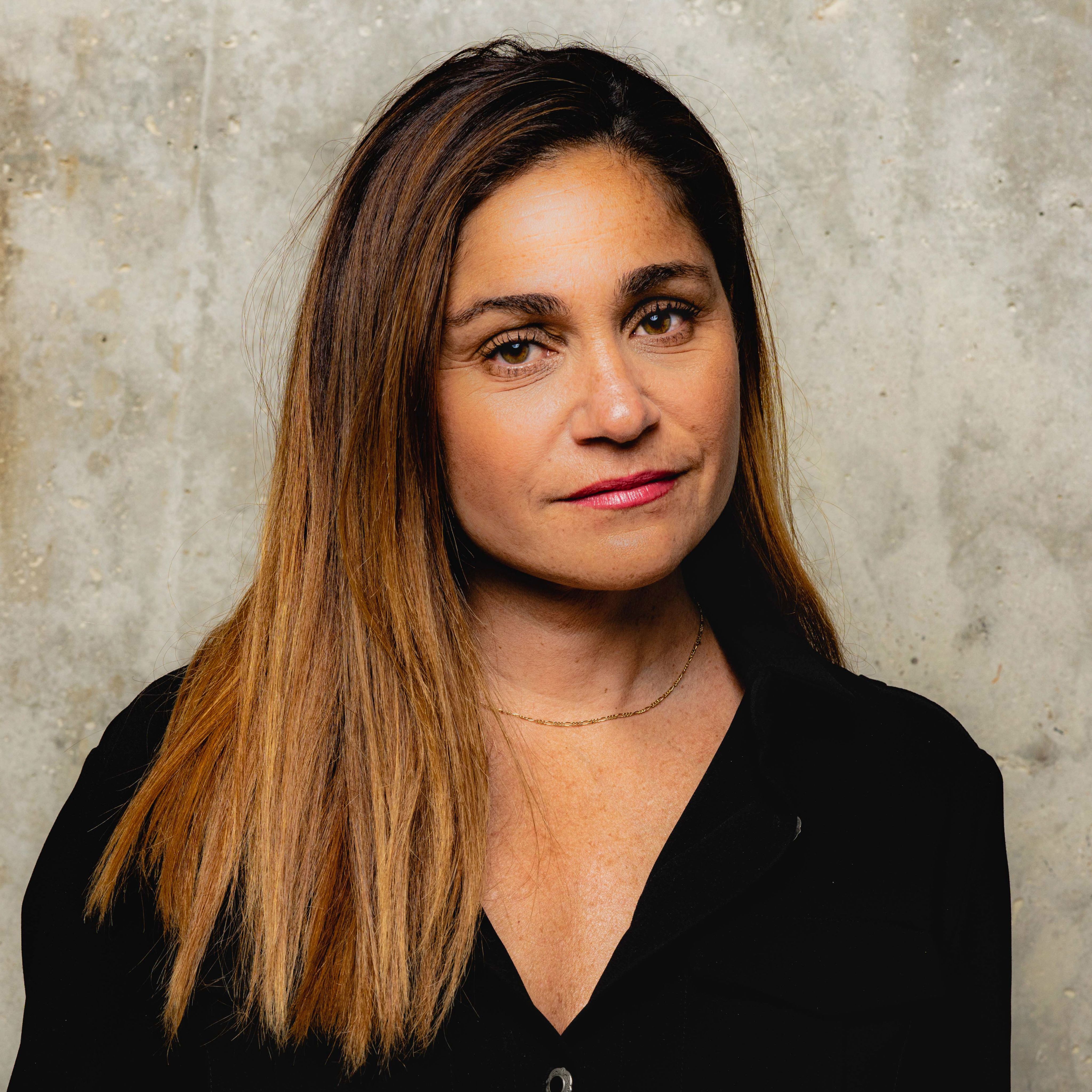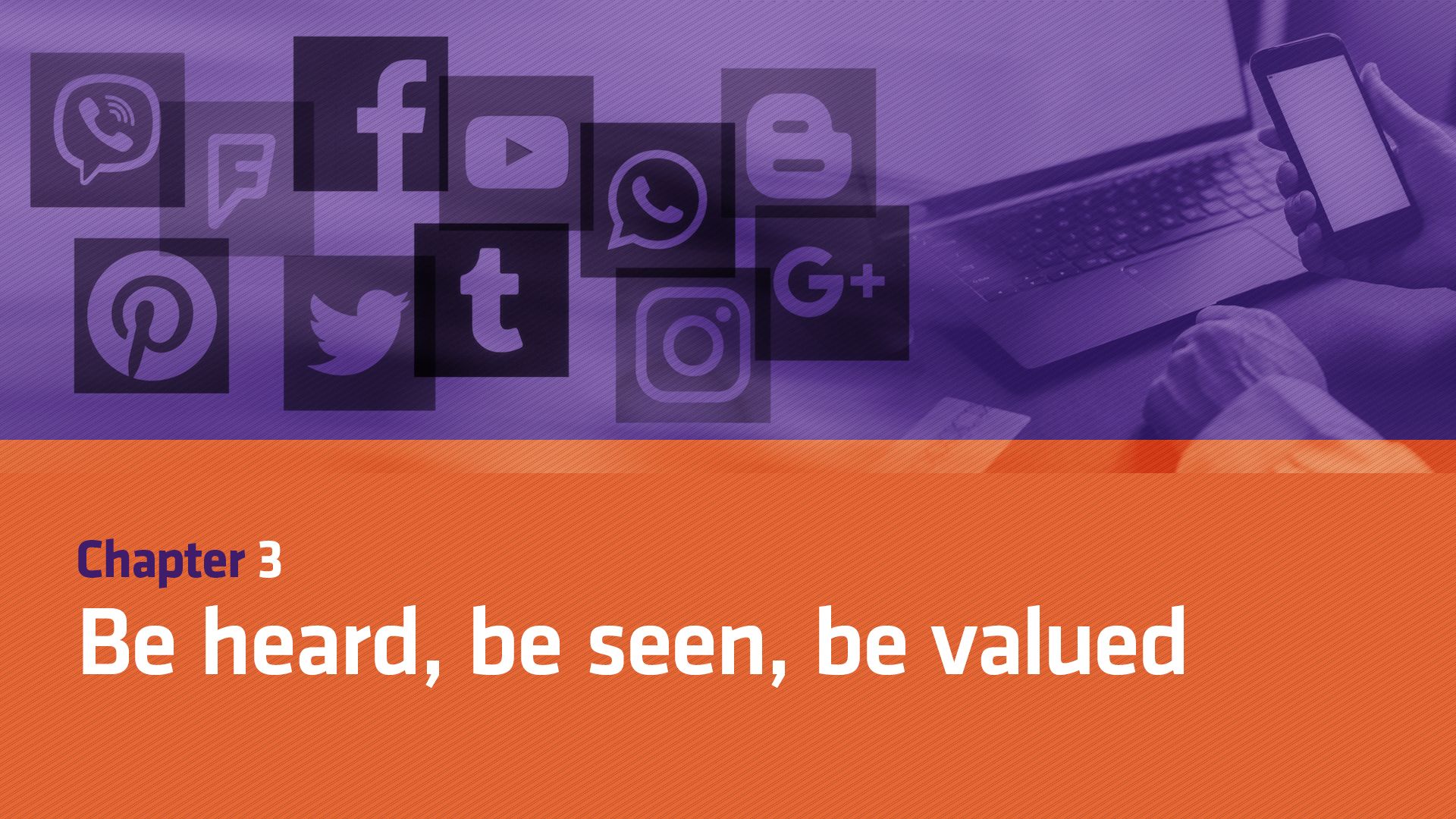
Modern consumer shopping journeys can combine a trip to the store with browsing the web or a catalogue, and include interactions on social media channels and in gaming apps.
Mobile messaging, live video shopping and live chat are now widely available to connect shoppers to retailers and brands, while customer contact centres are still the preferred method of communicating with companies during the purchase journey.
In short, there are a lot of channels retailers need to cover to ensure they meet consumers in the spaces where they spend their time. It was a big focus for many of the retailers we interviewed.
“Marketing will be a key area of investment in both the UK and the EU, specifically above-the-line awareness of our own brands,” says Huw Crwys-Williams, chief executive of WiggleCRC. “We’re part of a bigger group now, the SSU group, and we’ve already launched those brands into Europe through Probikeshop, Fahrrad and Bikester. We’ll be launching them in the US as well. So there’s a big expansion in terms of trying to build recognition of those brands.”
The marketing manifesto
Our research shows search engine marketing is the area in which the majority of retailers spend money as standard.
When we asked the retailers we interviewed which marketing outlets they spent any budget on, 86% of retailers said pay-per-click (PPC), while 84% said SEO.
Instagram is used by 82% of respondents – the same percentage that use email marketing – while Facebook makes up the top five, with 76% using it.
Digital marketing rules the roost, it seems, with digital display and YouTube both used by 65% of those surveyed.
TikTok, which expanded significantly during the pandemic as people spent more time at home, is used by 63% of retailers we questioned.
The most popular non-online form of marketing is TV advertising, which 43% of retailers said they use.
Sosandar co-chief executive Ali Hall explains: “Our plan for acquisition is to invest equally across TV, brochures and social media, with a small amount invested in digital marketing, such as Google Shopping and search.”
Co-chief executive Julie Lavington adds: “Email marketing is our number one retention channel. It utilises our backgrounds in media to the best effect, giving us the ability to engage with customers daily. We have industry-leading open rates. Emails can instantly be adapted, meaning we have our finger constantly on the pulse.”
Retail is not dissimilar from the wider world of commerce, with the Internet Advertising Bureau (IAB) Digital Adspend report for 2021, conducted alongside PwC, showing that the digital advertising market grew by 41% in 2021 to total £23.5bn.
According to IAB, search attracted the largest share of overall spend, up 38% year on year in 2021 to £11.7bn.
Mobile accounted for 60% of total spend, up by 43% year on year to £14bn, reflecting advertisers’ understanding that their audience are absorbing content on the move.
Spend on display ads was up 53% to £9.7bn, with both social and non-social display up by more than 50%.

Instagram is now the most popular news source for teenagers
Instagram is now the most popular news source for teenagers

12% of retailers say TikTok is the marketing channel of most interest to them
12% of retailers say TikTok is the marketing channel of most interest to them
Movement in marketing
Digital media is dominant and will be increasingly so in the next few years, according to market research group Insider Intelligence.
In its Time Spent with Media 2022 report, Insider Intelligence found that in April 2022, the average Brit spent six hours and six minutes per day on digital media such as social networks and online video, compared with four hours and eight minutes on traditional media such as TV, radio and newspapers.
Time spent on digital media will increase by six minutes over the next two years while it will decline by 12 minutes for traditional media, according to the study’s projections.
In its analysis, Insider Intelligence said video – particularly social video – is growing in popularity.
Communication watchdog Ofcom also reported in July that teenagers in the UK are turning away from traditional news channels and are instead looking to Instagram, TikTok and YouTube to keep up to date with current affairs.
For the first time, the body’s research found that Instagram was the most popular news source among teenagers, used by 29% to source news this year. TikTok and YouTube follow closely behind, used by 28%.
Retailers keen to capture the attention of the next generation of shoppers are already considering this, with 12% saying TikTok interests them the most out of all the channels.
Gymshark, Zara and Glossier are among the brands with millions of followers on TikTok and they use it in different ways.
Gymshark focuses on videos depicting gym scenes their customers will relate to. Zara is more product focused in its content while also broadcasting novel videos, for example showcasing new fashion campaigns, gift-card promotions or make-up routines to engage its target audience.
Marks & Spencer’s work on TikTok gained momentum in lockdown. Several of its stores have their own individual TikTok accounts and its Romford store went viral thanks to boy-band dance moves catching the imagination of the nation – so much so that it culminated in a Christmas 2021 song release to raise funds for charity.
The retailer has used TikTok to engage with the communities it is located in, with marketing director for M&S Food Sharry Cramond telling Retail Week in 2021 that the activity has made “celebrities” out of some of its staff, with customers visiting stores just to meet the people in the videos.
The aim is to encourage individual store teams to make “fun” viral videos, but the commercial side has not been forgotten. “We make sure the creative we do has a real business reason behind it,” Cramond explained.
“TikTok is the most exciting channel for us right now. It’s fun, it’s lively, it's interactive and if you look at our younger consumers, it's the channel that they're using the most to communicate with”
Paul Marchant, chief executive of Primark, says Instagram is the favourite social channel of the value chain’s audience, but TikTok is “the fastest-growing”.
“I think it's fun, it's lively, it's interactive and if you look at our younger consumers, it's the channel that they're using the most to communicate,” he explains.
“TikTok, for me, is the most exciting channel for us right now.”
No retailers told Retail Week that newspapers or radio interest them the most as marketing channels, although 10% said another traditional channel – TV – did hold the most appeal.
Overall, the interviews suggest now is a time for experimentation with marketing channels and finding the right mix of old and new formats.
Rasmus Brix, UK managing director of Pandora, says: “If I am not on TV, I can see my traffic and my sales go down.
“But whereas 15 years ago you could build a desirable brand via TV, you can’t any more – you need something else. This is why I think influencers are kind of a supplement to what I call a baseline reach plan, because it’s difficult to break through and build positioning on a 20-second TV slot.”
Paul Hayes, chief executive of Seasalt, says: “We look at a wide spread of activities, but the [newer] ones that are interesting us at the moment are things like lifestyle influencers, social live shopping events, podcasts and video on demand.”
Of course, all retailers are different. James Daunt claims he has not spent a penny on marketing since taking over as MD at bookseller Waterstones in 2011.
“You can go into any town anywhere and say: ‘Where is the nearest Waterstones?’ and [shoppers] will tell you,” he argues.
“Why would we want to dole out vast millions of pounds [with] Facebook, Google and all the rest?”
Capturing Gen Z
There is a growing trend for unusual brand collaborations gaining momentum in recent years.
One recent example is the bakery chain Greggs’ fashion collaboration with Primark, which saw Greggs-branded varsity jackets, boxer shorts and other items sold in every Primark store. Some of the items have been selling for more than five times their original price on eBay. The range has echoes of Lidl’s own-brand clothing launch in 2021 – including £12.99 trainers – which arrived on the market to much fanfare.
The other big trend capturing this generation’s attention is second-hand clothing, with the likes of Mulberry, Jigsaw and Tommy Hilfiger all now catering for those happy to buy pre-loved items for both affordability and environmental reasons.
When it comes to capturing Generation Z’s interest, though, retailers and brands need to consider the environment they are growing up in – not just fashion trends. These consumers are digital natives who are confident and expressive in using the array of online tools available to them, but they live in a world beset by environmental and health concerns, as well as divisive political debate.
“Gen Z are multifaceted young adults and should be celebrated as such. Brands should encourage this group’s creative and adventurous sides”
Francesca Smith, research analyst at Mintel, says: “Generation Z are anxious about their future, which isn’t surprising considering the uncertain climate they are facing as they enter adulthood.
“They have been labelled as the socially conscious and green generation, and, while some are dedicated to fighting for social and environmental change, there are many other ways in which this group defines itself.
“Gen Z are multifaceted young adults and should be celebrated as such. In particular, brands should encourage this group’s creative and adventurous sides.”
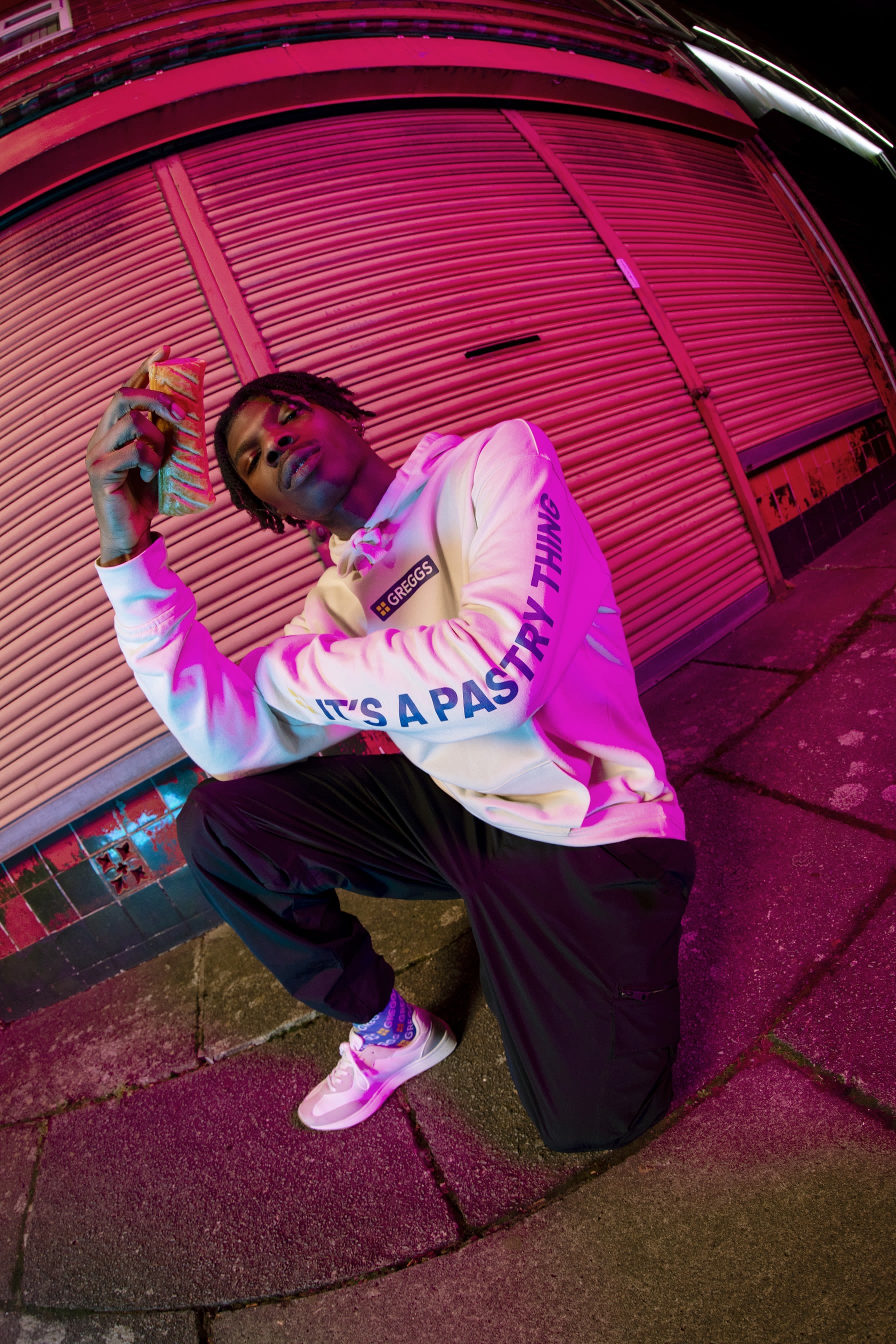
Greggs’ collaboration with Primark saw branded items sold in every store
Greggs’ collaboration with Primark saw branded items sold in every store
Be the change consumers want to see
Social and environmental issues are central to retail strategies today because consumers are increasingly basing their purchasing decisions on what a company stands for.
Greener retailing initiatives – such as Co-op, M&S and Tesco collecting soft plastic for recycling in their stores because it is not typically recycled by local authorities – are becoming a regular occurrence on the high street.
Meanwhile, dedicated work to be more inclusive is emerging regularly, such as Superdrug and Sainsbury’s making a conscious effort to invest in product ranges and businesses led by Black founders.
Retailers can quickly be called out by consumers for not doing ‘the right thing’ and, due to global media coverage of issues such as the Black Lives Matter protests and the climate crisis, pressure can also come from within from workers who are more empowered and knowledgeable, and willing to enact change within the businesses they represent.
Mark Saunders, chief executive of Mamas & Papas, says: “Ten or 15 years ago, you used to have a bit of a choice about whether or not you were going to be green.
“The challenge always was that customers liked the idea of green, but they weren’t really prepared to pay for it. Whereas now, people just expect it. So, if you don’t get with the programme, your customers will actively turn off you and they will turn towards people who are addressing these environmental issues.”
Scientists have warned that record temperatures experienced in the summer of 2022 are going to be a more regular occurrence due to the impact human behaviour is having on the planet. That underlines the importance of the UK reaching the 2050 net-zero goals laid out in the Paris Agreement – and retail has its part to play.
More than 80 retailers have signed up to the BRC’s Climate Action Roadmap, which is a joint industry effort to find ways to decarbonise stores by 2030, deliveries by 2035 and products by 2040, as the industry sets about meeting the wider national ambition.
Such collaboration is reinforced by individual retailer efforts to be more sustainable.
“The market's changing, our customers are changing and you need to get ahead of the game. [Investment in sustainability] needs to be part and parcel of your way of doing business, or you don't deserve to be doing business”
Will Kernan, chief executive of River Island, says the fashion retailer has invested “significantly” in its teams and activity to support its sustainability strategy, mapping out 12 pledges covering everything from reductions in water and chemical use to waste and recycling, and the transparency of its supply chains.
“With investment in sustainability, it may not make money now but it’s the right thing to do,” he notes.
“And people who don’t invest in it don’t deserve to be in business in five or 10 years. The market’s changing, our customers are changing and you need to get ahead of the game. It needs to be part and parcel of your way of doing business, or you don’t deserve to be doing business.”
Meanwhile, a BRC report on diversity and inclusion (D&I), published in July in association with executive search firm The MBS Group, found “there is still a long way to go until the industry truly reflects the communities it serves”.
It found that women are still underrepresented at most senior levels, a lack of ethnic diversity among boards and executive committees, and a lack of Black leaders across the industry.
But there has been improvement, the study shows, with 91% of retailers now having a coordinated D&I strategy in place, compared with 76% in 2021. And 74% of these strategies are now led by CEOs, compared with just 50% one year before.
BRC chief executive Helen Dickinson says “diverse businesses are more successful businesses”, adding: “It is time to embed inclusion into the culture of every business.”
Retailers are addressing this by running mandatory and voluntary training sessions for staff, and continually changing methods of recruitment – for example, by accepting blind CVs and job applications that do not have personal identifying factors.
The marketing and corporate responsibility director for a fashion and home retailer says its business provides associate resource groups – meetings where staff can gather information and feedback on issues such as gender equality, ethnicity, sexuality and mental health.
“There’s a whole range – a huge range – where the voice of the associates can be heard and escalated,” they note, adding that the company has partnered with specialist organisations on subjects such as a menopause policy.
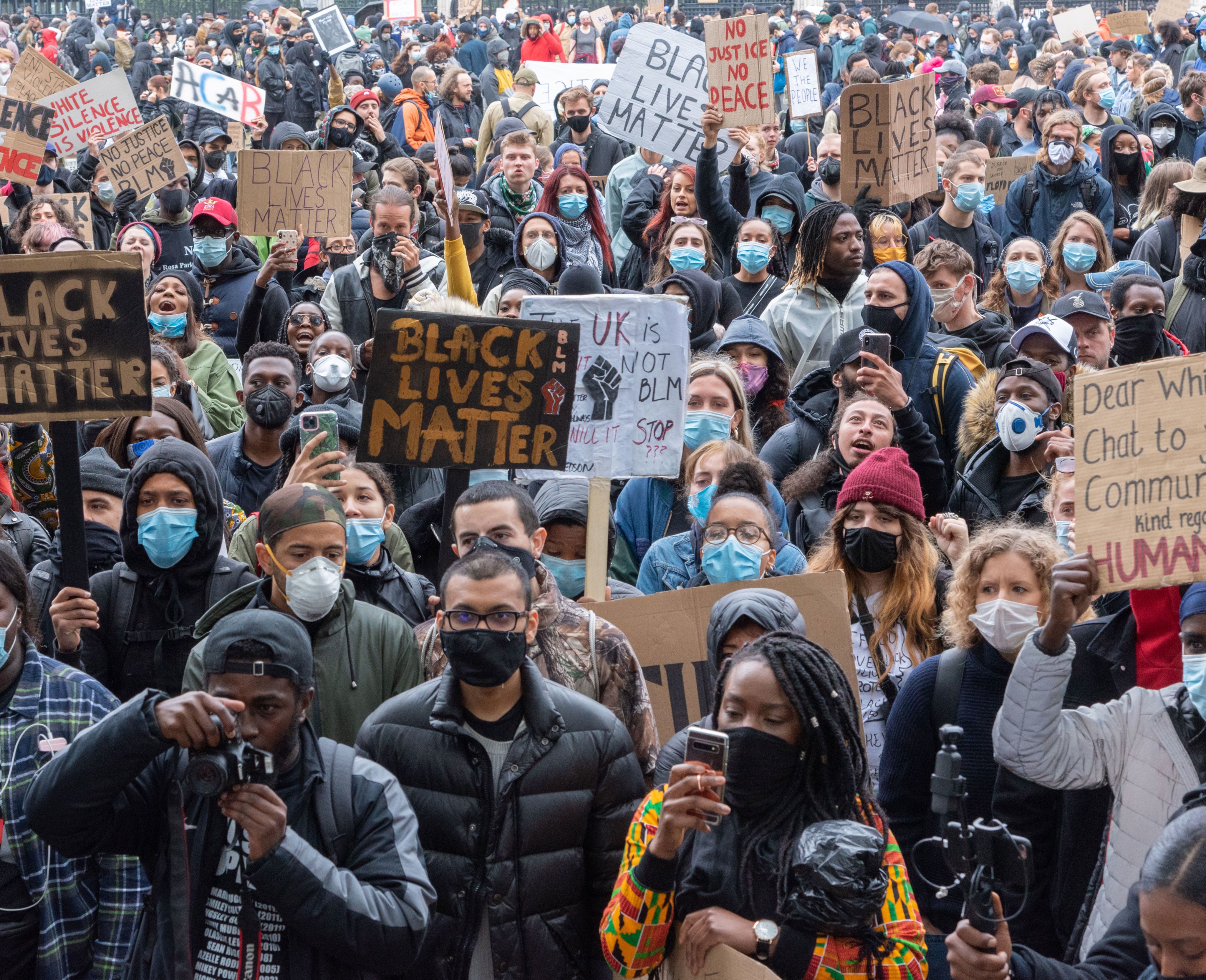
CEO view: How are you promoting a diverse and inclusive culture within your business?
Penny Grivea, managing director for UK & Ireland, Rituals Cosmetics
“Last year, we introduced a diversity and inclusion board, consisting of D&I ambassadors across the globe, representing the company from the shop to the central head office and local head offices.
“We divided the board into four pillars. People – we incorporate D&I in all people touchpoints to establish a diverse and inclusive culture where every employee feels engaged, appreciated and valued. Brand – we cultivate a brand philosophy and identity that engages with different people and identities in society, regardless of gender, age or cultural background. Society – we aim to make a meaningful contribution to society, whether this is through our philosophy of wellbeing for all, our support for equal opportunities or our sustainability efforts. Product – we strive to ensure that our product development is founded and tested with insights from a diverse group of customers to ensure it resonates with different consumer groups.
“We offer webinars with keynote speakers throughout the year to help educate our staff and our leaders, and have conducted training on unconscious bias with the FranklinCovey institute for our HR leaders and store managers, and we will roll this out to our entire organisation. We are also focusing on our recruitment processes to ensure that we are working towards reaching our goal of gender parity (50:50) in senior leadership positions within our international management team by 2023.”
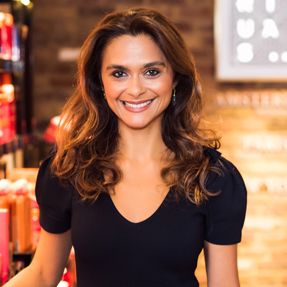

Gareth Pearson, senior vice-president and chief operations officer for UK & Ireland, McDonald’s
“D&I is something I’m really passionate about. Diversity and inclusion are core values, and I believe it’s hugely important that throughout the business we create a diverse workforce that represents the communities we serve across the UK. My previous role at McDonald’s was chief people officer and making sure we continued to have an inclusive culture where everyone could bring their best self to work was a big part of that role. If you create an atmosphere where people feel a sense of belonging, it makes it much easier to keep hold of good people and that’s good for business. But, more importantly, it’s just the right thing to do.
“McDonald’s champions great people, whatever their background, and we take pride in opening doors to skills, jobs and opportunities. We know there is still work to be done, but last year over half of our external hires were female and 40% were ethnically diverse, so we’re moving in the right direction. But if you look at our senior leadership, you can see there’s more we need to do around increasing diversity.
“On a personal level, I’m really proud to co-sponsor our Women’s Leadership Network. The network provides women with the opportunity to develop more supportive relationships to help them grow their career at McDonald’s, and seeing people grow through that programme is a real privilege.”
James Bailey, executive director, Waitrose
“We’re aiming to be the UK’s most inclusive business. Achieving this goal will take a lot of commitment and a shared understanding of what inclusion in the partnership means. To be truly inclusive is to value and celebrate what makes us different in a way that enables everyone to succeed. We are aiming to create a feeling of belonging in a partnership where we can all be ourselves without fear or judgement, no matter what our background, identity or circumstances.
“To become the UK’s most inclusive business, we will need to improve the cultural knowledge and capability of our leaders and partners, make sure our policies and practices are fair, and create an environment where we all feel safe, understood and respected.
“One example of how we promote diversity and inclusion is through our partnership networks, which we increased this year by 3,000 members. Our networks encourage Partners to speak openly about matters that affect them, including disability, gender, sexuality, age, race and working arrangements. These networks include: Unity, Pride in the Partnership, LinkAges, Working Parents Network, Gender Equality Network, Faith and Belief, and Ability.”


Chirag Patel, chief executive, Pentland Brands
“We actively promote an inclusive and diverse culture at Pentland Brands, both at a corporate level with our employees and through our brands and their interaction with their consumers.
“Our brands are doing great work to champion more inclusion. It’s important to note that each of the brands within our portfolio has their own unique heritage, and so it’s extremely important that anything we do with regards to D&I feels authentic and truly linked back to their heritage and brand purpose.
“For example, Kickers believes in the power of education and, through its strong connection with schools, has partnered with Show Racism the Red Card, a leading anti-racism educational charity providing workshops in schools and workplaces.
“Canterbury, as a leader in rugby, is tackling the under-representation of women in the sport. Through its partnership with the Irish Rugby Give it a Try programme, the brand is raising awareness and encouraging young girls to learn how to play rugby.
“At a corporate level, we’ve made significant progress but we also recognise there’s more work to be done. We’ve set up four D&I employee networks and a broader D&I Squad, made up of passionate colleagues from across the globe. Together they’ve been instrumental in building our D&I Learning Series (educational content across a variety of topics) and improving our people policies. They’ve also championed projects that drive positive business within our communities, including our recent mentoring programme with The People, targeting young people primarily from minority backgrounds and underserved communities.”
Kara Trent, managing director for EMEA, Under Armour
“We have set measurable goals within our business to improve the diversity of our talent in hiring and promotions. In addition to our existing commitment to 30% of director and above positions filled by BIPOC, we are now committing to 12% filled by Black talent by 2023.
“On top of this, we are accelerating efforts to make our workplace a safe and inclusive environment for BIPOC teammates in particular. We launched a virtual series to facilitate anti-racism and engagement on racial justice issues across the entire organisation. In August 2020, we launched mandatory training for our leaders on cultural competency and building inclusive environments.
“We remain committed to investing a minimum of 40% of our annual philanthropic portfolio with Black-led organisations. Moving forward, we are also committing to investing in organisations supporting social justice and racial equity.”
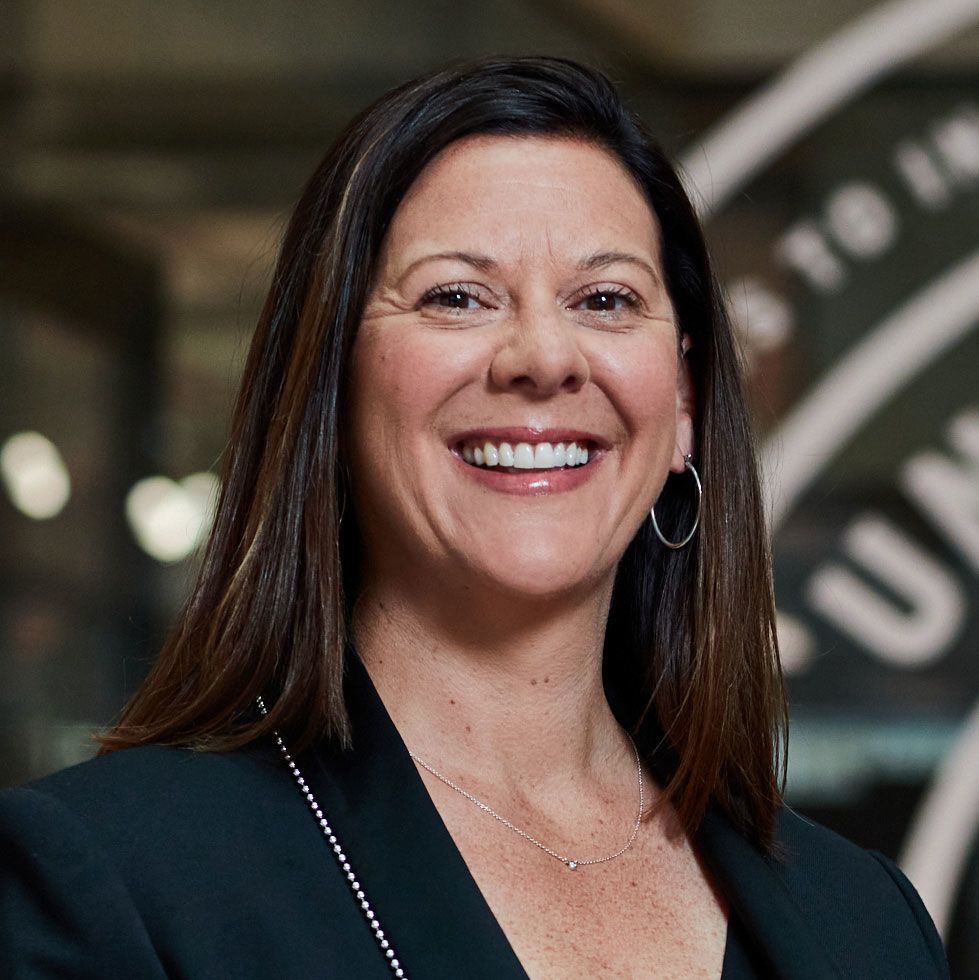

Debbie Bond, chief commercial officer, Lovehoney
“For our category, inclusivity and diverse culture is absolutely critical. It’s part of our core values. It’s so important in terms of our tone of voice, how we speak with our customers and staff.
“One of the key initiatives we’ve done is we’ve really empowered our employees to take accountability. So this isn’t something that the senior leadership team is forcing down and driving through the organisation. We are supporting and facilitating, but we’re really leaving it to a large degree for our employees to tell us what’s important around inclusivity and diversity, and we’re running around five really successful networking programmes across the company.
“One of them is the Ministry of Giving, which is our charity initiative. If we raise money on a bike ride, [it decides] which charities we give the money to. There’s also Bee Proud, our LGBTQ+ community, which includes both people directly within that community and allies. We’ve also got Bee Well, a group which thinks about support on wellness and mental health. Then we’ve got Bee Smart, where we educate people across the company on sex. One of our old mottos at our Lovehoney origin company was: ‘You can never know enough about sex’. We’re promoting it from the grassroots up, which I think is really exciting. It’s been very successful and we’re seeing very high engagement.”
Vanessa Masliah, vice-president of marketing and branding, Vestiaire Collective
“Vestiaire Collective employs 55% women and 45% men, representing more than 48 nationalities. Diversity, equity and inclusion (DEI) are central to everything we do at Vestiaire. We aspire for a workplace where everyone can be their authentic selves, feel valued and be enabled to drive impact.
“To do so, we have launched five employee-led task forces on DEI, including ethnic diversity, LGBTQIA+, women empowerment, disability and parents, because we feel it’s fundamental to constantly integrate these components in our ongoing initiatives. These streams are naturally involved in our discussions around culture on an ongoing basis.”
